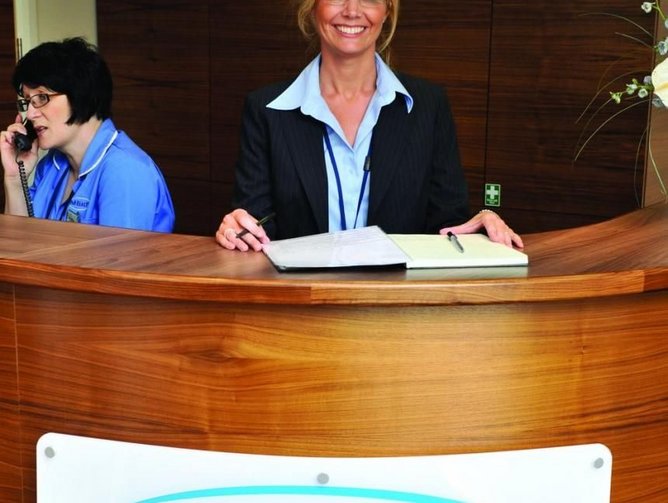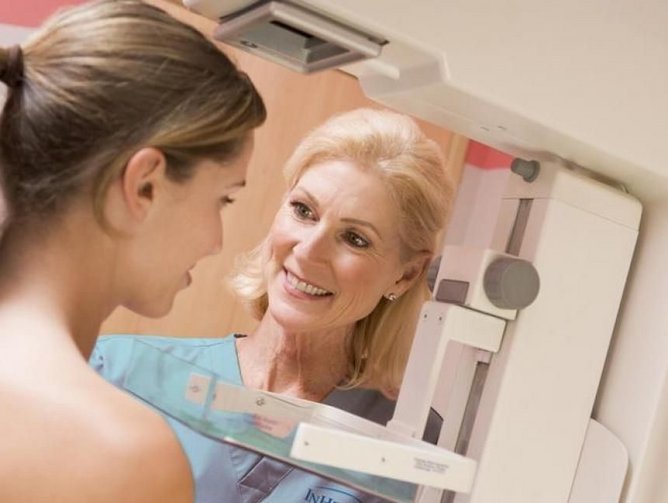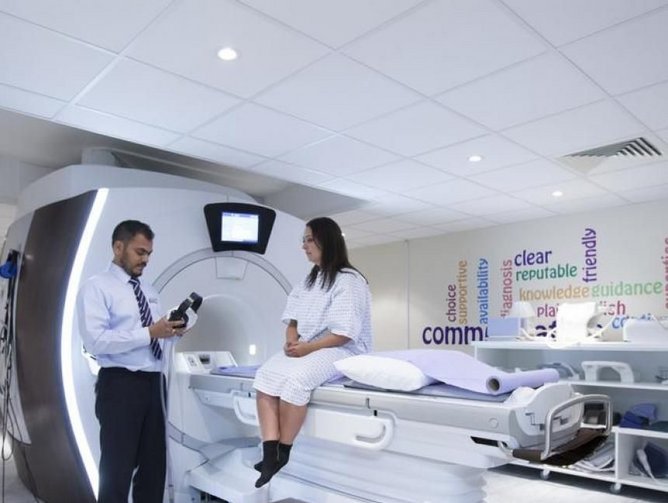Marc O’Brien is CIO of InHealth, having taken the helm just over two years ago. He began his career consulting with PwC, later moving on to financial services and then spending a decade in aviation. He then joined the buyout team to create Spire Healthcare – and thus O’Brien entered the world of health.
InHealth itself was established over 20 years ago and in that time has undergone two major changes. The first was five years ago, and the other is ongoing since O’Brien took over as CIO. “We started out as an MRI provider; we would only scan for the NHS,” he says. “Now, we supply multiple diagnostic and healthcare services to the NHS and independent providers, ranging from MRI and X-ray to audiology, endoscopy, and cardiac services. Ultimately, we are focused on collaborating with the NHS and other partners to provide high quality diagnostics and healthcare solutions in hospitals and accessible community settings.”
“Of course, much of what we do is highly dependent on technology and that’s where I come in.
I’m accountable for all our IT, ranging from day-to-day service, through to projects and development of new services.”
The software journey
The main challenge, O’Brien says, was creating a patient relationship management system that met InHealth’s specific needs.
“Within a diagnostic services organisation there are two key applications,” says O’Brien. “One is called RIS – radiology information system – and the other is PACS – the picture archiving communication system. The former stores information about the patient, and the latter stores images of scans. About five years ago, InHealth realised that the RIS’s available off the shelf didn’t meet their needs. We see a million patients a year across 350 sites, very different to an acute trust, where you might see a lot of patients, but you’re in one place with the same team. We were different because of the breadth and reach of the organisation.”
InHealth’s solution to this issue is based on Microsoft Dynamics, but the IT team needed to design its own patient management system. The customised system allows the team to book slots in all clinics, access patient referrals, contact the patient and offer a number of appointments, book appointments, record outcomes and ensure the report gets back to the referrer. The new system has been live for six months, and InHealth is processing around 1,300 patient referrals per day, 25 percent more than with the previous system.
Patient focus
It is the patients who are truly at the core of everything InHealth does, and its Patient Referral Centre, which O’Brien oversees, ensures the greatest possible flexibility for customers and medical professionals alike.
“For all intents and purposes, the Patient Referral Centre looks like a call centre, but we use very different techniques,” O’Brien explains. “We use call centre technology, but we’re not interested in how quickly someone can move onto the next patient. If you’ve been referred to us, you may be very ill, so the patient care advisors have to know how to speak to potentially anxious individuals to put them at their ease and organise their appointment with minimum anxiety.”
The Patient Referral Centre exists to ease patients through their journey. The new system facilitates this by incorporating all required clinical information on the screen and taking the patient care advisor through the necessary workflow. This enhanced technology extends beyond arrangement of appointments.
“Flexibility is the key to what we’re trying to do,” O’Brien explains. “Where possible, we use a system generated email rather than post. We also send reminder texts, and we offer a patient portal, which allows patients to make changes to their own appointment online. This isn’t instead of using the telephone – it’s as well as. A lot of the patients we communicate with are quite elderly and may not be as tech savvy as others, but we are seeing a demographic shift with the number of older people using computers increasing all the time.”
The wider network
The other advantage of the portal is that it works as an alternative for patients with hearing difficulties. According to O’Brien, a frequent issue for patients contacting the centre is the need for new hearing aid batteries, and the portal allows them to order new ones easily.
While the patient is the focus for InHealth, it also wants to make everything easier for both the commissioners, who pay for the treatment, and for GPs. O’Brien and his team offer a commissioner portal to automate information flow between them and InHealth, ensuring that all information regarding the patient and their treatment is readily available.
“Maintaining a connection to the GPs is attractive to their community,” O’Brien continues. “While they may not ask for a service that specifically makes things easier for them, that’s what our system does. We use the Docman service which allows GPs to organise their files electronically. GPs are overworked, and this is just one thing that makes their lives simpler.
“The NHS is a particularly intricate customer and the general public thinks of it as one entity, but of course it’s not – it’s a myriad of different organisations. It’s a complex mix, and each individual piece of integration we undertake is a mini project in itself.”
A digital overhaul of this magnitude is a huge project for a company of InHealth’s size, but O’Brien is pleased with the results: “It has had a couple of bumps along the way, but we’ve delivered a really great solution that everyone is really pleased with. We have management information instantly available, which is something we used to struggle to collect, and we can manage patient workflow effectively.”
InHealth’s future
O’Brien and his team now plan to extend the system outwards and do away with the paper trail entirely. He hopes that this will eliminate the last remnants of clinical risk by removing human error: “If we can enable the GP to link a referral to us electronically, we would significantly reduce risk,” he says. “The rest is streamlining our processes. All the work we’ve done in the last two years has been really patient-focused and I suspect once it’s completely stable, it’ll give us more time to look at our back office systems.”
O’Brien considers InHealth’s relationships with suppliers to be one of the lynchpins of its success. The organisation treats suppliers like business partners and achieves the best possible result thanks to this positive relationship.
“We’ve partnered with EE to assist with connectivity,” says O’Brien. “We can connect up a new site within days rather than months, which would be the option with a standard leased line. The EE project is a game-changer; without connectivity you have to move CDs around with patient information on, which is a very outdated process. The EE offer will be deployed into all of our mobiles next year.”
Another essential supplier is InHealth’s data centre provider, OCSL, which has stabilised the operating platform and allowed it to iron out any previous issues: “When I first joined InHealth, I had some concerns because we had a number of IT operational issues,” O’Brien admits. “As a CIO, that can be a little scary. Now, it’s been many months since we had a failure like that, and that’s due to some great effort by OCSL and the InHealth IT Team.”
O’Brien also praises Gap Consulting for configuring the CRM suite and allowing greater flexibility. This CRM system – actually called XRM by InHealth – facilitates the seamless throughput of referrals.
“We’ve increased the volume of referrals by 25 percent with no increase in headcount. Under our old system it would take between four and six weeks to get a patient care advisor within the Patient Referral Centre up to speed, and thanks to the more advanced system, we can now do it in about two weeks. We’ve achieved so much, and despite of all of the bumps in the road, it’s been really rewarding.”







